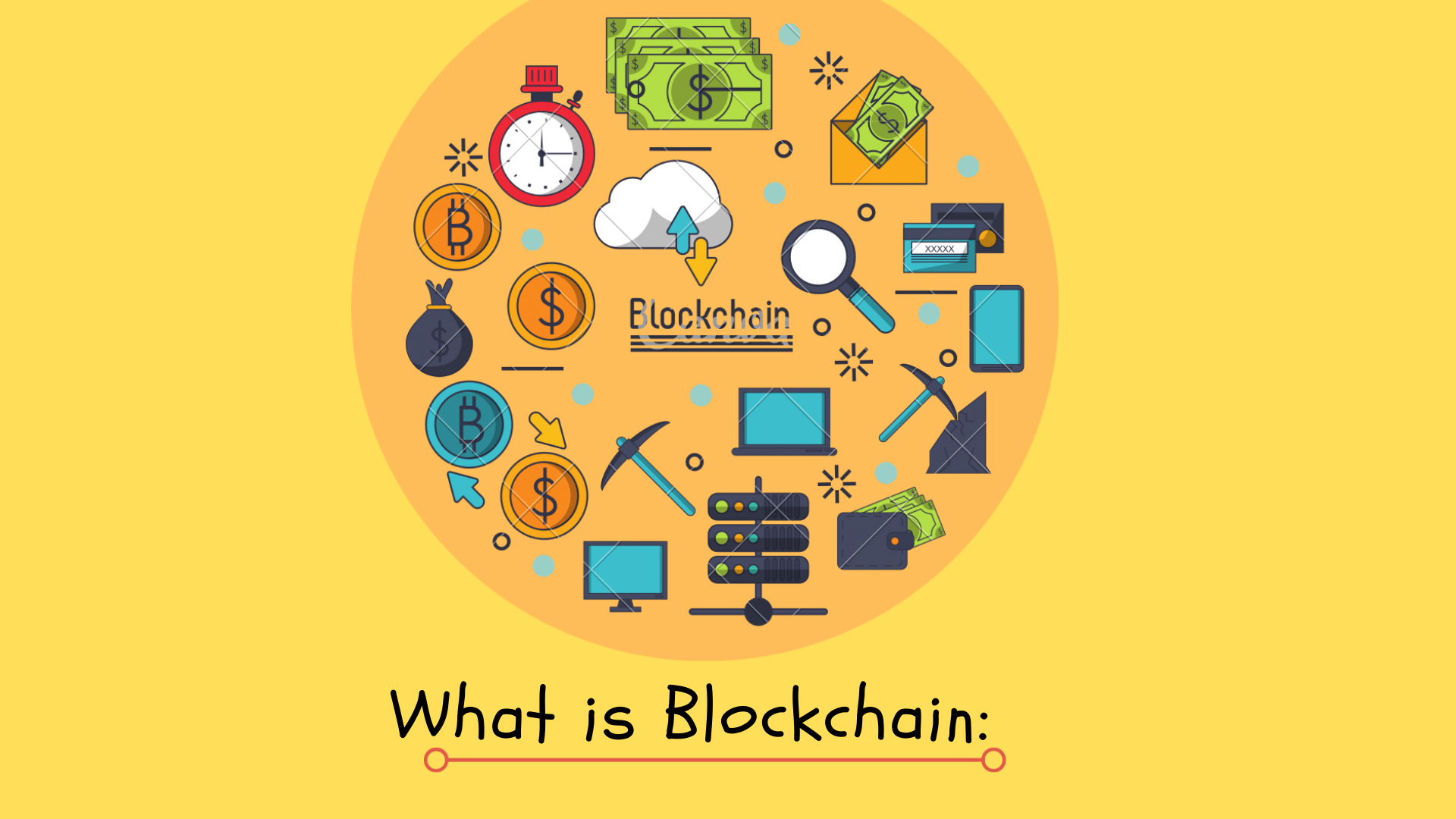Imagine a world where you can conduct transactions and carry out various activities without ever having to share your personal information. A world where you don’t need to depend on banks, governments, or any centralized authority to verify or approve your actions. This might sound like a futuristic dream, but it is precisely the promise that blockchain technology offers.
At its core, blockchain is a revolutionary digital system for storing and securing data. You can think of it as a chain of blocks, where each block contains important information, and these blocks are linked together in a chronological sequence. This system makes tampering with data virtually impossible, ensuring the integrity and security of the information stored within it.
The origins of blockchain technology trace back to 1991 when two mathematicians, Stuart Haber and W. Scott Stornetta, first proposed a cryptographic system to secure timestamps on digital documents. Their goal was to create a way to prevent any alteration of digital records after the fact. Later, in 1998, software developer Nick Szabo introduced a concept called “Bit Gold,” a similar idea aimed at creating a secure digital payment system. However, it wasn’t until the mysterious figure known as Satoshi Nakamoto introduced Bitcoin in 2008 that blockchain technology gained widespread attention and adoption.
At its simplest, a blockchain is a distributed database shared among multiple computers, or nodes, across a network. Instead of storing information in one central location, the data is duplicated and spread across many devices. This decentralized nature is a critical feature of blockchain, as it removes the need for a trusted middleman or central authority to confirm the validity of transactions or data entries.
One of the most common uses of blockchain is in cryptocurrency systems like Bitcoin and Ethereum. These digital currencies rely on blockchain to maintain a secure, transparent, and tamper-proof ledger of all transactions. This ledger ensures that every transaction is recorded accurately and permanently, without any possibility of fraud or double-spending.
But blockchain’s potential goes far beyond cryptocurrencies. The technology’s ability to create an immutable and transparent record of data has numerous applications across various industries. This is often referred to as Distributed Ledger Technology (DLT), highlighting the method of distributing data across multiple nodes to prevent unauthorized changes.
To better understand how blockchain works, imagine a digital ledger where every transaction or piece of data is recorded in a “block.” Once a block is filled with data, it is linked to the previous block using a cryptographic hash, forming a chain of blocks—hence the name blockchain. Each block contains a timestamp and transaction details, making the data traceable and permanent. Because the ledger is distributed among many users, any attempt to alter a single block would be instantly detected and rejected by other nodes in the network.
This process might sound complex, but with today’s technology, it happens in a matter of minutes or even seconds. As computing power and algorithms improve, blockchain networks are becoming faster and more efficient, opening the door for even broader use.
Beyond cryptocurrencies, many large companies have begun adopting blockchain for practical purposes. For example, Walmart, AIG, Siemens, Pfizer, and Unilever have integrated blockchain into their operations to enhance transparency and traceability. One notable application is IBM’s Food Trust blockchain, which tracks the movement of food products from farm to table.
Food safety is a critical area where blockchain proves invaluable. Contamination outbreaks caused by bacteria like E. coli or Salmonella, or accidental inclusion of allergens such as peanuts, can have severe health consequences. Traditionally, identifying the source of such outbreaks could take months or even years. With blockchain, every stage of the food supply chain is recorded in an immutable ledger, allowing companies to quickly trace contaminated products back to their source and respond promptly to prevent further harm.
This capability not only protects consumers but also reduces costs and improves accountability within the supply chain. Blockchain’s ability to react swiftly to potential hazards is just one example of how this technology is transforming industries.
Another significant advantage of blockchain is its security. Because the data is stored across multiple computers in different locations, there is no single point of failure. Imagine if all your sensitive data were stored in one place—if that system were hacked or compromised, your information could be leaked or lost. Blockchain’s decentralized storage eliminates this risk by ensuring that even if one node is attacked or corrupted, the rest of the network maintains the correct information.
This decentralization is a key reason why blockchain is considered tamper-resistant and trustworthy. It guarantees not only the accuracy of the data

